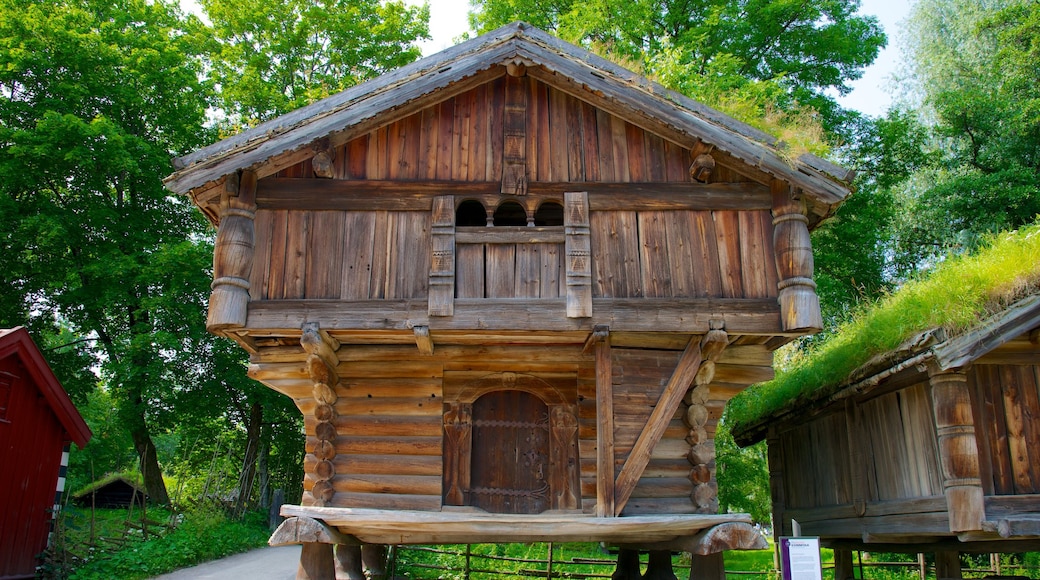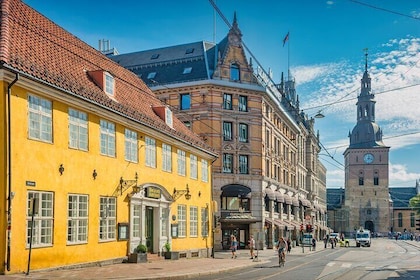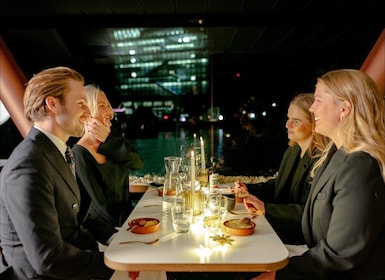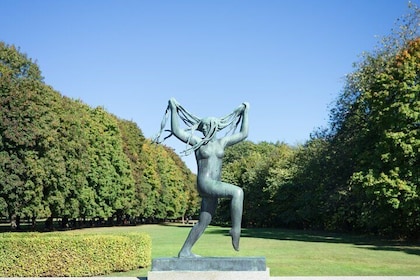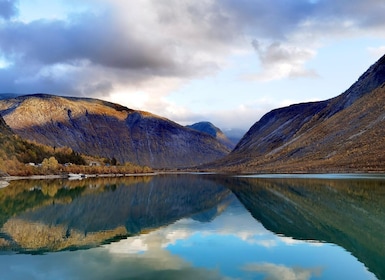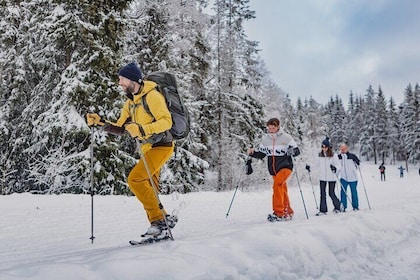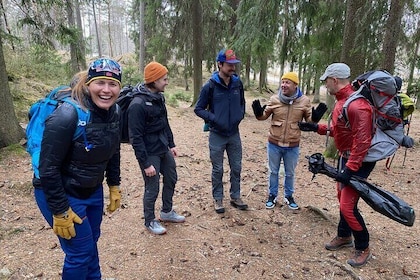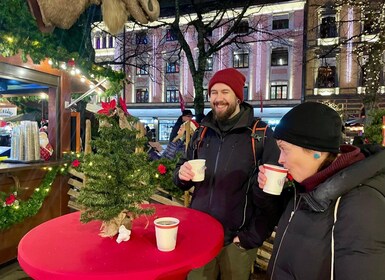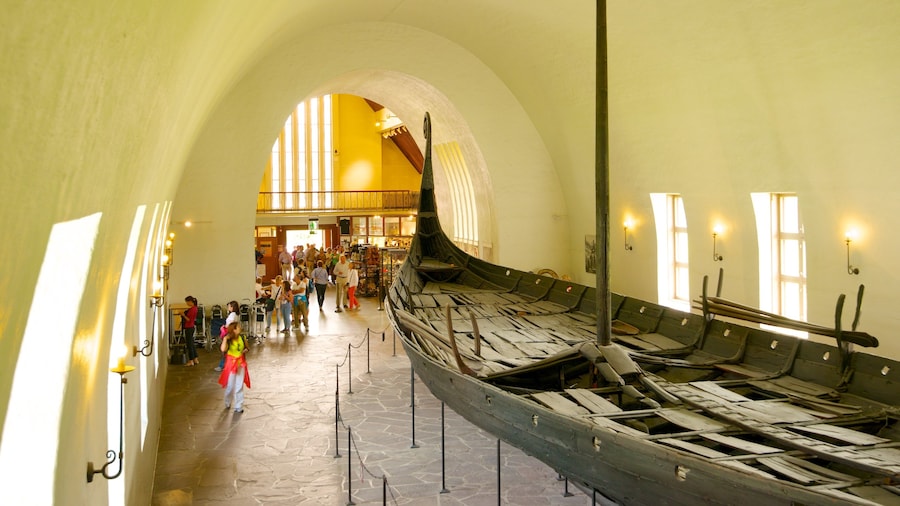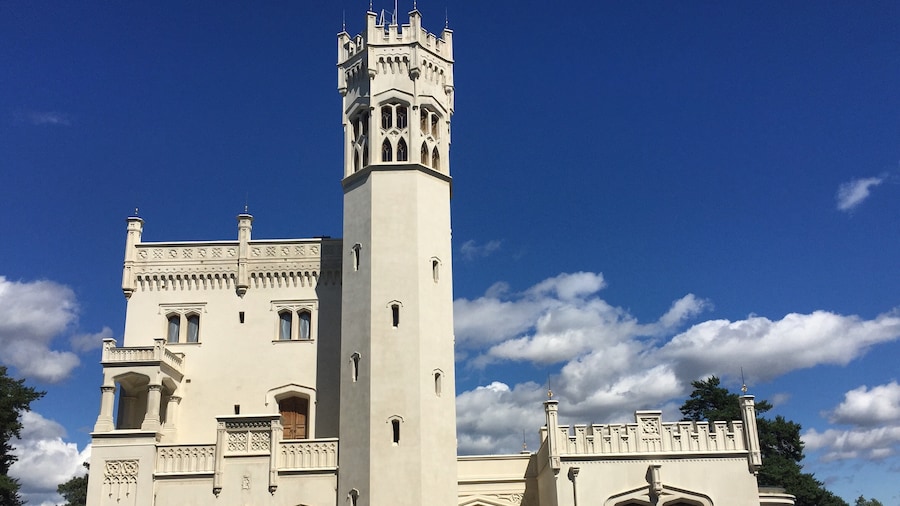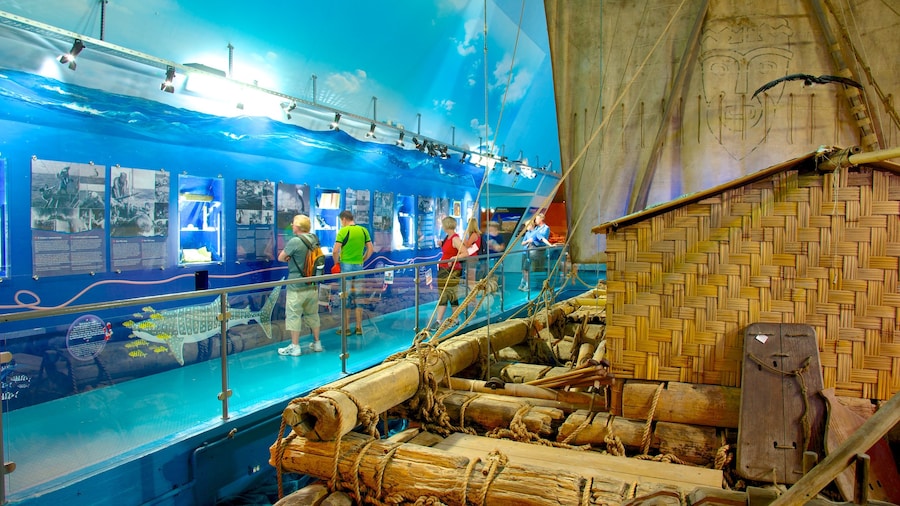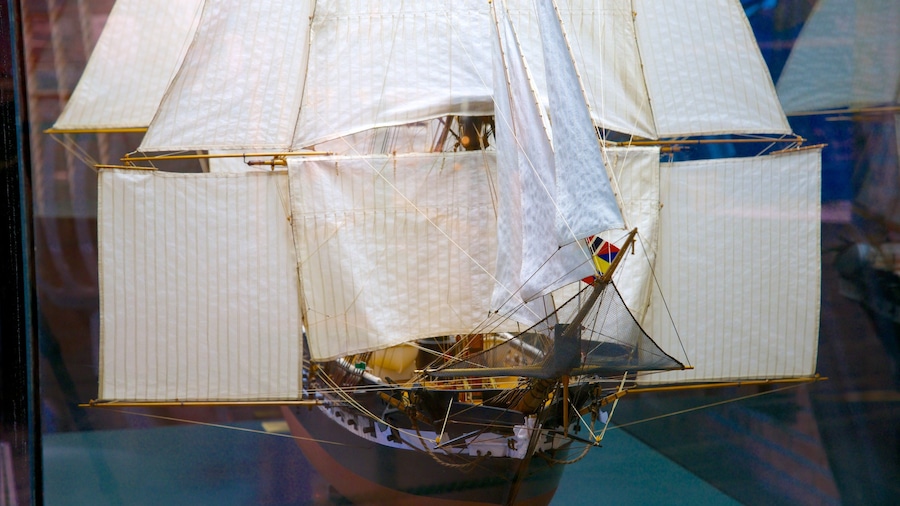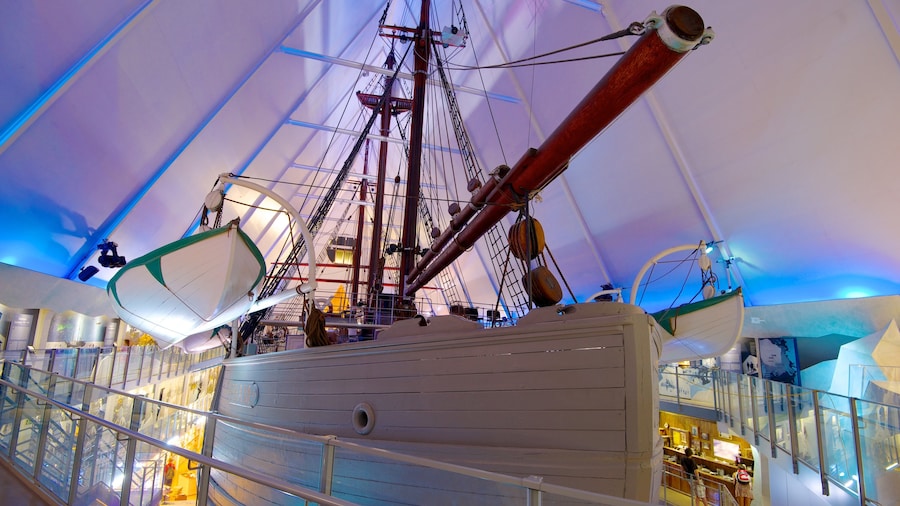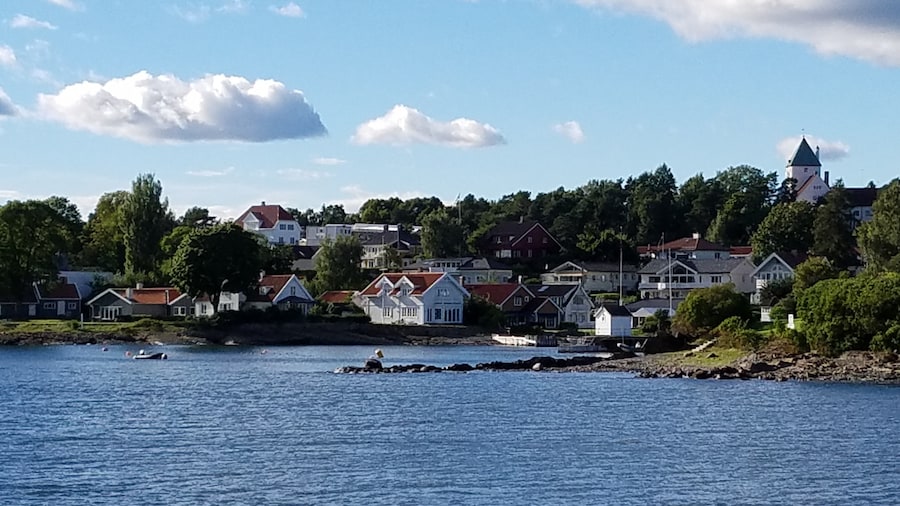The Norwegian Museum of Cultural History encompasses an indoor museum and an open-air museum of more than 150 buildings. Sit in an art deco lounge, enjoy the tranquility of a wooden cathedral and visit farms from different periods of Norway’s history. The buildings have been relocated from many parts of the country and restored. The purpose is to show how people lived throughout the past 600 years.
Stroll down the cobblestone streets of the Old Town populated by buildings from different time periods. Step into the houses and meet hosts dressed in period costumes. Many of the interiors are open year-round. As you make your way through living rooms, bedrooms and kitchens, pause to view furniture, wall hangings and other artifacts. Inside the Old Town’s apartment block that dates from 1865 are eight apartments that have been furnished in period styles from 1879 to 2002.
Venture into the interior of the stave church. The wooden building was constructed around 1200 and is one of the museum’s five medieval properties. Inside you’ll see woodcarvings and paintings from 1652.
During the summer months the outdoor museum brings Norway’s history and local cultures to life with folk music, folk dance and hands-on activities. Enjoy themed events such as midsummer celebrations, sheepshearing and tasting sessions of regional food. Visit the museum’s official website to see which activities are on offer during your stay in Oslo.
View the permanent collections of folk costumes, woodcarvings and Norwegian church art in the indoor museum.
Travel to the Bygdøy Peninsula, three miles (five kilometers) from downtown Oslo, to reach the museum. Take the number 30 bus from the center of the city or a ferry from downtown in summer. There is pay parking in front of the main entrance.
The Norwegian Museum of Cultural History is open 360 days of the year. There is a price for admission. Facilities include a café and a large outdoor recreational area with picnic tables, so you can bring your own food. Allow at least half a day to explore the museum and its grounds.
